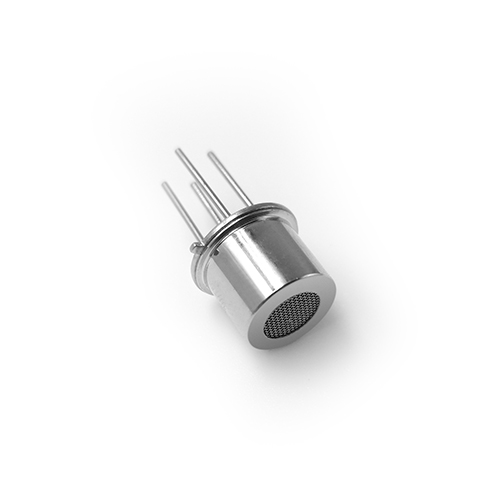Gas leak sensor for home
As a clean energy source, gas has brought many conveniences to our lives. However, gas safety accidents caused by improper use or negligence occur from time to time, which has also caused considerable social impact. Since gas has entered thousands of households, while enjoying the convenience that gas brings to us, we must always be wary of the risks it brings. When living at home, ensuring safety is the first priority. Household combustible gas detectors are the main equipment to prevent gas leaks. The combustible gas detector detects whether gas leaks through the core Gas leak sensor for home. This article mainly introduces how to choose the sensor in the combustible gas detector, and the combustible gas detector. The working principle and the advantages of installing combustible gas detectors.

How combustible gas detection alarms work
Combustible gas is a general term for gaseous fuels that are burned to provide heat to urban residents, commercial and industrial enterprises.
The combustible gas detection alarm is a preventive alarm for combustible gas safety monitoring, which can effectively detect and alarm combustible gas leaks.
The core of the combustible gas detection alarm is the Gas leak sensor for home, commonly known as the “electronic nose”. The alarm detects combustible gas in the surrounding environment through the Gas leak sensor for home, and transmits the detection signal to the controller or control circuit through the sampling circuit.
When gas is “smelled”, the sensor resistance changes with the gas concentration. When the combustible gas concentration exceeds the value set in the controller or control circuit, the alarm will send out an audible and visual alarm signal to remind people that a gas leak has occurred. Some alarms can also be linked with electromagnetic cut-off valves to automatically close the gas valve when alarming to prevent continued gas leakage.

Why install a flammable gas alarm?
Accidents caused by gas leaks are often caused by “unknowing”. Even if odorants are added to household gas, due to the various odors in the kitchen, the odor is not easy to detect when a leak occurs, so more obvious warning messages are needed.
The combustible gas alarm can remind us with an alarm whistle when a gas leak occurs, and even further cut off the gas in time through the emergency shut-off valve to prevent the leak.

How to choose Gas leak sensor for home among combustible gas detection alarms?
The core component sensors of combustible gas alarms can be mainly divided into three categories: semiconductor type, catalytic combustion type and electrochemical type.
Semiconductor Methane Sensor is the most common, simple to manufacture and low price
Catalytic Combustion Methane Sensor has stable signal, good anti-interference performance and is not interfered by other gases
Electrochemical formula has high sensitivity and good selectivity
Choose the right one! Choosing a combustible gas alarm with the right sensor can play its role more fully.
There are three main types of gas: natural gas, artificial coal gas and liquefied petroleum gas
Natural gas: Main component: methane; colorless, odorless, non-toxic and flammable; when the concentration in the air reaches 5%~15%, there is a danger of explosion. At the same time, when the concentration of natural gas is too high, it can easily cause suffocation.
Artificial gas: main components: carbon monoxide, hydrogen and alkanes, alkenes, aromatics, etc.; flammable, explosive, and toxic; when the concentration in the air exceeds 5%, it may explode when exposed to an open flame. Carbon monoxide, aromatic hydrocarbons, etc. can combine with hemoglobin in the human body, causing hypoxia, causing coma or even death. At low concentrations, it can also cause dizziness, nausea and collapse.
Liquefied petroleum gas: main components: propane, propylene, butane and butene; when the concentration in the air reaches 1.5%~9.5%, it will explode when exposed to open fire. When the concentration is high, it has an anesthetic effect on the human central nervous system. If the combustion is incomplete, toxic gases such as carbon monoxide will be produced.





